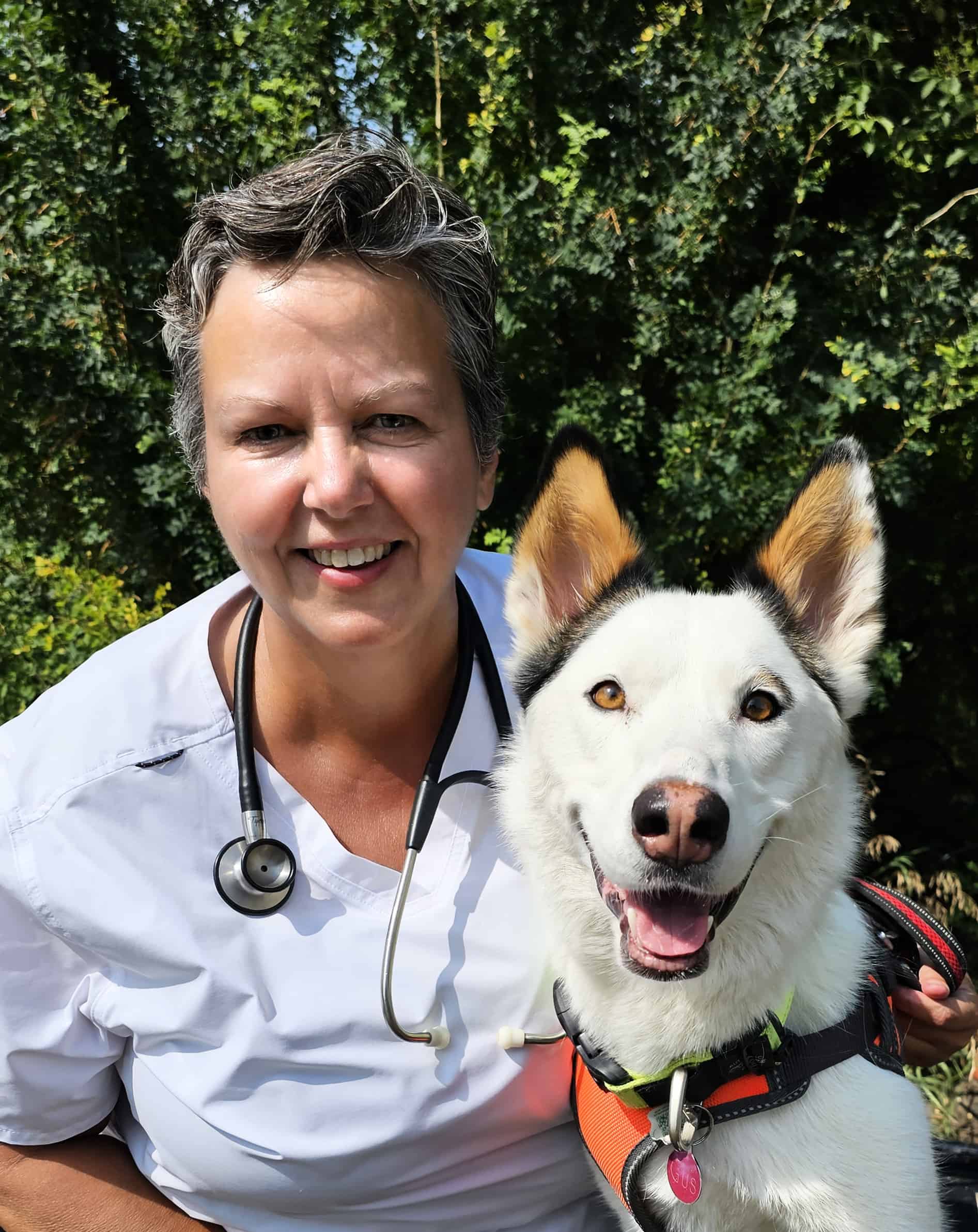As a veterinarian and epidemiologist, my primary concern is the health and safety of the animals under my care, as well as their human families.
Recently, an outbreak of Salmonella infections has brought the risks associated with raw food diets for pets into sharp focus.
This outbreak illustrates why I cannot, in good conscience, recommend raw food diets except in very specific circumstances where a pet absolutely cannot tolerate commercial formulations.
The Outbreak: A Stark Warning
A recent public health notice from the Government of Canada revealed that the Public Health Agency of Canada investigated an outbreak of Salmonella infections from July 2020 to January 2024.
This outbreak involved a specific strain of multi-drug resistant Salmonella, which means that infections are harder to treat and therefore potentially deadlier than other strains of the bacteria.
As of the last update, 44 human cases were confirmed across multiple provinces, with 14 individuals requiring hospitalization. Alarmingly, nearly half of those affected were children under five, who are particularly vulnerable to severe illness.
In addition to human cases, several dogs were infected, with tragic outcomes including deaths.
Salmonella is a zoonotic bacterium, meaning it can be transmitted between animals and humans. In this outbreak, contaminated raw pet food was identified as the source, and humans became the victims, serving as a grim reminder of the potential dangers associated with feeding pets raw food.
Risks Associated with Raw Food Diets
Raw food diets for pets have gained popularity, often touted for their natural and unprocessed benefits. However, the potential risks far outweigh these perceived advantages. Here are some of the primary concerns:
Bacterial Contamination: Raw meat can harbor harmful bacteria such as Salmonella, E. coli, and Listeria. These pathogens pose significant health risks to both pets and humans. Handling raw pet food can lead to cross-contamination in the household, increasing the risk of infection.
Nutritional Imbalance: Formulating a balanced raw diet that meets all the nutritional needs of a pet is challenging. Many homemade raw diets lack essential nutrients, leading to deficiencies and associated health issues over time.
Parasites: Raw meat can contain parasites that can infect pets. These parasitic infections can cause severe health problems and are another vector for zoonotic disease transmission.

Symptoms of Salmonella Infection
Both pets and humans can be infected by Salmonella. Symptoms include:
In Pets:
- Vomiting
- Diarrhea (which may be bloody)
- Lethargy
- Fever
- Loss of appetite
- Abdominal pain
In Humans:
- Nausea
- Vomiting
- Abdominal cramps
- Diarrhea (often bloody)
- Fever
- Headache
In severe cases, Salmonella infection can lead to more serious health complications requiring medical intervention and hospitalization.
Guidelines for Raw Food Feeding
Given the risks, I generally advise against raw food diets for pets.
Families with young children are particularly at risk since children are more likely to handle pets and play on the floor where they can come into contact with Salmonella shed by the dog. Plus, children are usually not very good at remembering to wash their hands.
However, if you’re considering feeding raw diets to your pets, strict guidelines must be followed to minimize health risks:
Consult with a Veterinarian: Before starting a raw food diet, seek professional advice to make sure it is appropriate for your pet and to receive guidance on proper formulation and handling.
Practice Good Hygiene:
- Always wash your hands thoroughly with soap and water after handling raw pet food.
- Clean and disinfect all surfaces and utensils that come into contact with raw food.
- Store raw pet food separately from human food and keep it frozen until ready to use.
Feed Responsibly:
- Use high-quality, commercially prepared raw pet foods that have been tested for pathogens, or (in consultation with your veterinarian) formulate your own with high-quality ingredients that you would feed your own family.
- Avoid feeding pets raw meat from unknown or questionable sources.
Monitor Health: Regular veterinary check-ups are important for pets on raw diets to monitor their health and catch any potential issues early.
Conclusion
While raw food diets might seem appealing due to their “natural” allure, the associated health risks are substantial. This recent Salmonella outbreak is a stark reminder of these dangers.
Except for very specific and unavoidable circumstances, I do not recommend raw food diets for pets. Instead, I encourage pet owners to opt for safe, nutritionally balanced commercial pet food formulations that support their pets’ health without compromising safety.
For those still considering raw feeding, stringent adherence to guidelines and close collaboration with veterinary professionals can help minimize the risks.
The health and safety of both pets and their human companions depend on informed and cautious choices. A little extra effort now can save a lot of heartache in the long run.


